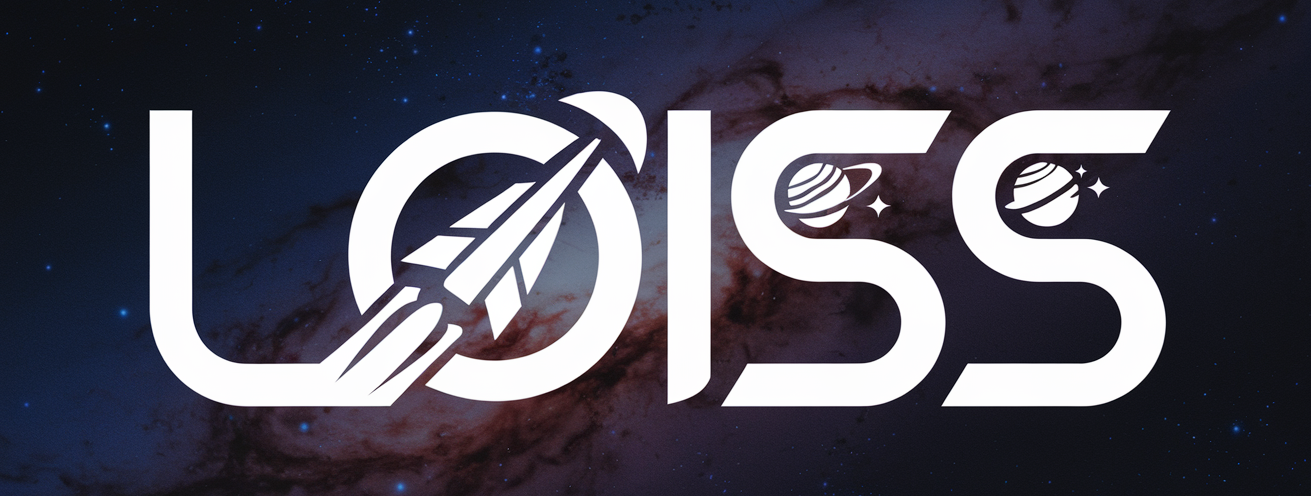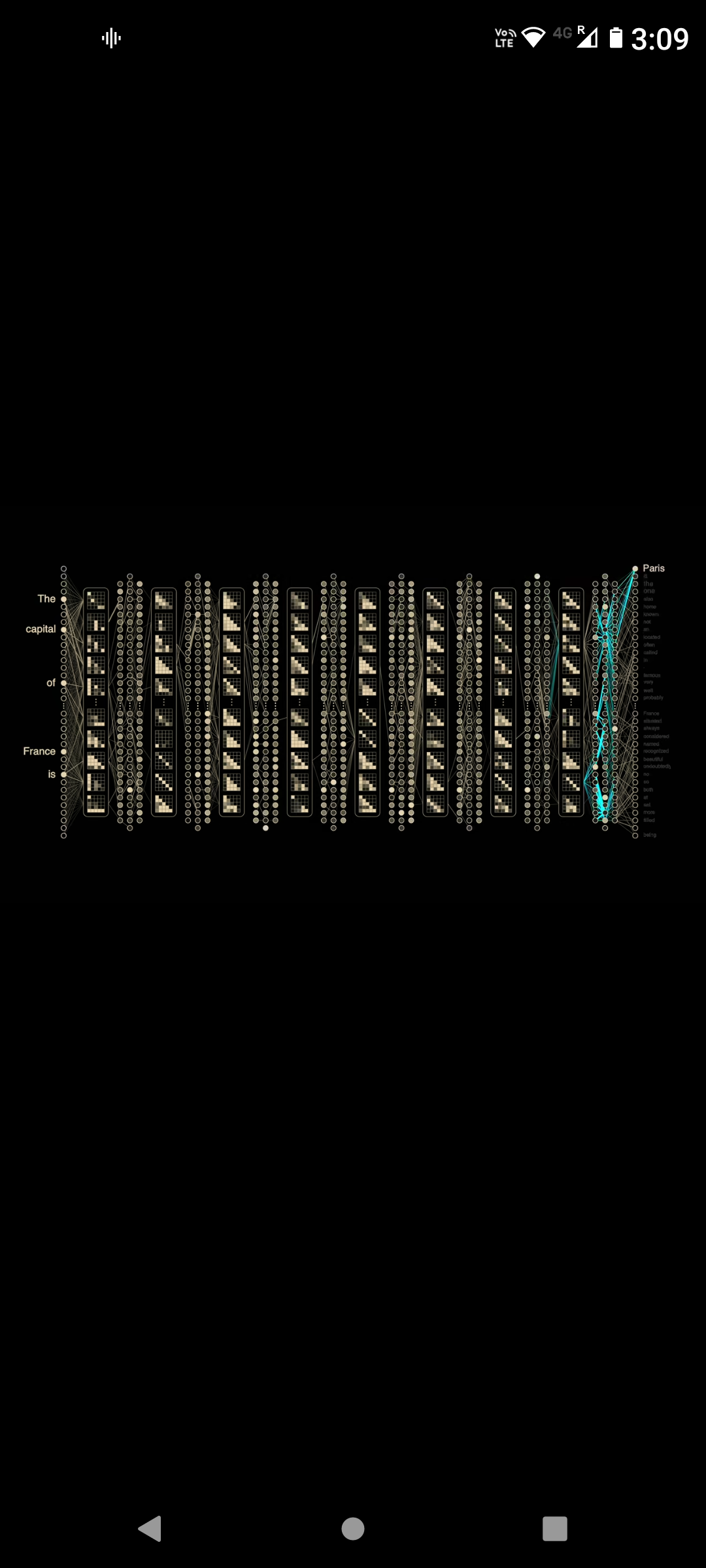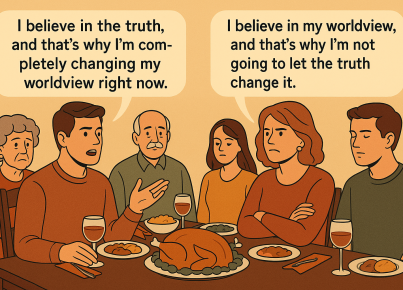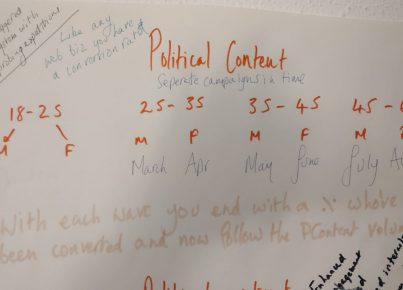A Gaza-based photographer captured a harrowing image of a sick child, Mohammed Zakariya Ayyoub al‑Matouq, on July 22, 2025, published next by Anadolu—and splashed on Daily Express on July 23. Global media (BBC, CNN, The Guardian, NYT, Times of London) swiftly adopted it as the face of famine in Gaza.
The Hidden Patient
Mohammed was born on December 23, 2023, with cerebral palsy, hypoxemia, and a likely autosomal‑recessive genetic disorder. He has required ongoing medical supplements and therapy since birth.
Wider unpublished images show his older brother in healthy condition—yet editorial cropping erased that visual context entirely.
Media’s Role in the Misfire
Major outlets reportedly learned of Mohammed’s medical condition during interviews, yet agreed to omit crucial information—allowing the image to carry a false narrative of mass hunger.
Collier frames this as clickbait: emotional impact over context, simplifying complex tragedy into a convenient political weapon.
The Political Turn
While severity of food insecurity in Gaza is real, Collier argues, it’s being conflated with a full-scale famine. This isn’t disputed hardship; it’s politicized storytelling.
He places blame largely on Hamas—accusing the group of diverting aid, monopolizing distribution, and manipulating tragedy for global optics. UN and NGO agencies, to him, are complicit in reinforcing Hamas’s narrative.
Why It Matters
This is a microcosm of broader issues: one image, stripped of nuance, becomes propaganda. Collier sees legacy media repeating tropes not to reveal truth, but to produce outrage.
It’s an indictment of journalistic failure—where primary testimony from the boy’s mother is recast into a political pawn.
—
Takeaway
Collier’s piece is not a denial of suffering—it’s a demand for precision. Mohammed’s condition is medical, not symbolic famine. But media simplified it into messaging that serves geopolitical narratives, not human complexity.
—
🧩 Suggested angles for structuring your blog:
1. Start with the image in circulation—its emotional heft, virality, symbolism.
2. Subvert it immediately—introduce who Mohammed really is (CP, genetic illness).
3. Dissect the means—cropped brother, omissions in interviews, rush to narrative.
4. Trace the political dimension—how famine fit the storyline more than context.
5. Elevate it—call this a moment of media moral collapse: decentralized tragedy made into a monolithic message.
—
If you want flash quotes or a rhetorical hook—Collier writes:
> “This isn’t journalism. This is the UK’s state media deliberately pushing a deceptive narrative…”
“Images of the tragic consequences … are being weaponised to build false global narratives.”





